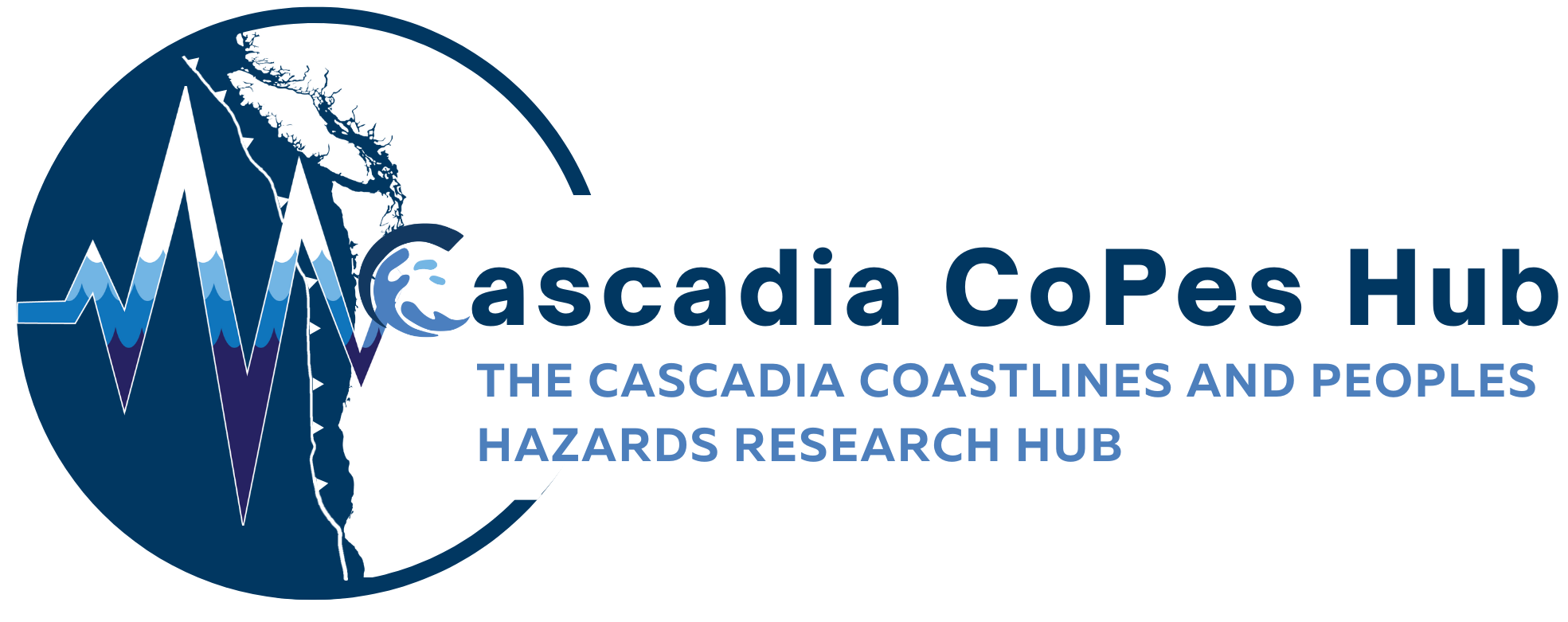Unveiling Earth’s Secrets
Unraveling Geohazards for a Safer Tomorrow
Team 1 is focused on studying and modeling the geohazards associated with earthquakes, tsunamis, and landslides to better understand their impacts on infrastructure and coastal communities.
Dive into Team 1’s Research
Research Goals
Research Goal 1: Build a data-driven four-dimensional understanding of Cascadia faults, likely slip, tsunamis, ground shaking, landslides, and land level change over all time scales.
Our researchers are using a wide range of data and observations gathered from various sources such as seismic sensors, satellite imagery, historical records, and geological surveys to build our understanding of the geological process and potential hazards associated with the Cascadia Subduction Zone. We are not only considering the physical characteristics of the Cascadia faults and surrounding areas but also how they change and evolve over time.
Research Goal 2: Enable comprehensive and probabilistic coastal multi-hazard planning and mitigation by developing coupled earthquake-tsunami simulations and evaluating their impacts on coastal infrastructure.
Further, to support coastal regions we are focusing on developing simulations that couple the effects of earthquakes and tsunamis. These simulations are designed to provide a comprehensive understanding of how these events interact and propagate, particularly in relation to coastal infrastructure. These models estimate probabilities, providing a range of possible outcomes and their likelihood giving decision-makers insights into their potential vulnerabilities and risks.
What is The Big One?
The Cascadia Subduction Zone (CSZ) is overdue for a major catastrophic earthquake, often reffered to as “The Big One”

History
Confirmed by various types of data, scientists know there is a historic pattern of CSZ mega earthquakes.
Earthquake
The probability of a destructive earthquake of any type in the next 50 years is >85%
Tsunami
The CSZ earthquake’s subsequent tsunami will hit the coast in less than 30 minutes.
Impacts
The CSZ event threatens life safety, cultures, communities, and the environment.
